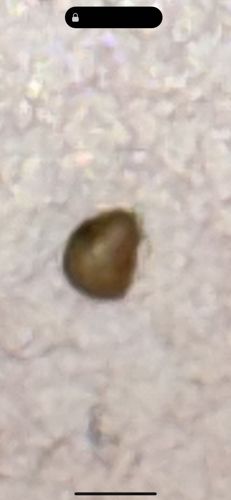Bed Bug
Scientific Name: Cimex lectularius
Order & Family: Hemiptera, Cimicidae
Size: 4-5 mm (adults), about the size of an apple seed.

Natural Habitat
Primarily human dwellings, especially beds, mattresses, bed frames, and cluttered areas. They prefer dark, secluded places close to a host.
Diet & Feeding
Exclusively blood of warm-blooded animals, primarily humans. Nymphs and adults feed by piercing the skin and drawing blood.
Behavior Patterns
Nocturnal feeders, emerging from hiding spots to feed on sleeping hosts. They are highly resilient and can survive for several months without feeding. They are also known for their ability to hide in tiny crevices.
Risks & Benefits
Risks: Bed bugs can cause itchy bites, allergic reactions, and secondary skin infections from scratching. They are not known to transmit diseases in humans. Benefits: No known direct benefits to humans or ecosystems, they are generally considered a nuisance pest.
Identified on: 9/25/2025